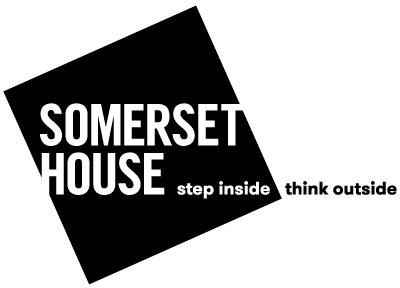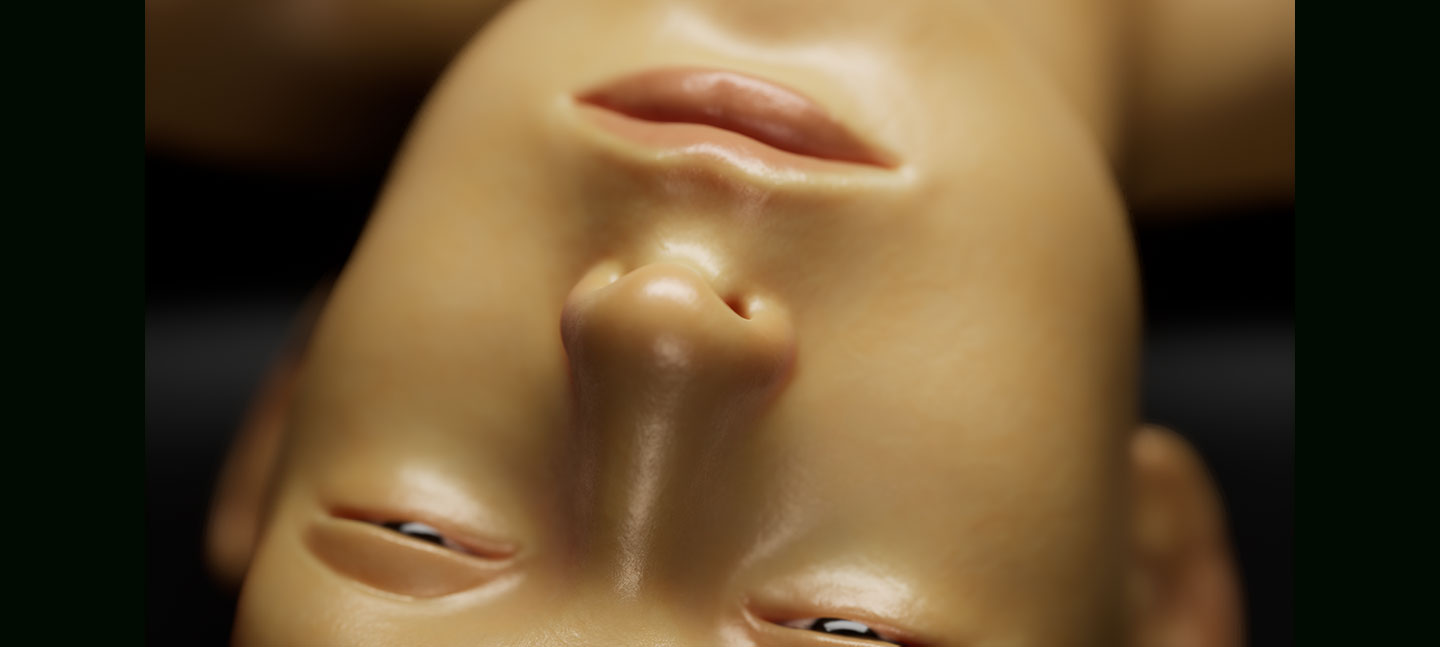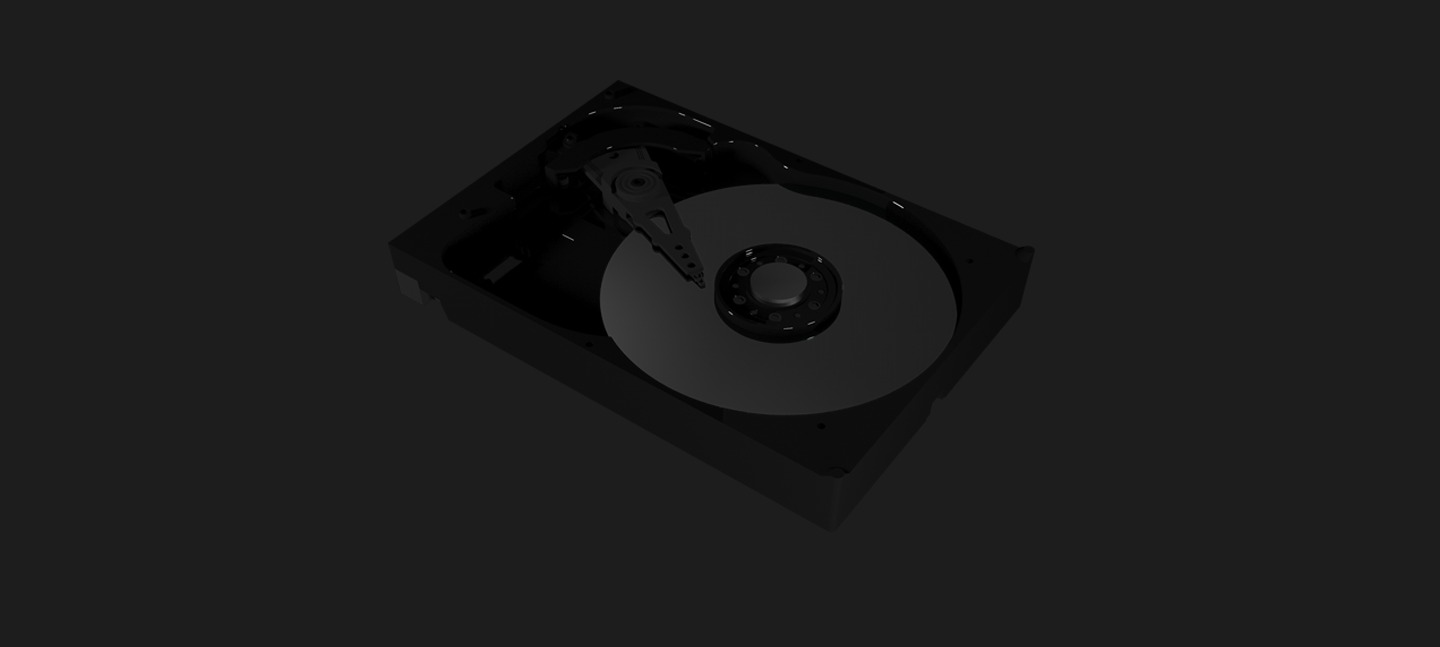For the first event we’re bringing together open source investigators from organisations such as Airwars and Amnesty International to explore how social media, satellite image analysis and machine learning are being used to track violence in conflicts.
The civilian dead from the US-led intervention in Iraq and Syria have been called the “uncounted”. What does it mean to count the uncounted – to defend the dead? Amnesty and Airwars have been working with the digital “rubble” of the war to assemble the untold story of massive civilian loss of life in the 2017 battle to retake Raqqa from the so-called Islamic State.
New technologies offer the potential to shed light on the truth. But we’ll also be asking tough questions about who funds open source intelligence, why journalists and investigators are turning to these new methods, and how this emerging field is influencing visual and technological culture.
SPEAKERS
Sophie Dyer
As a senior researcher at Airwars, Sophie’s advocacy work focuses on the reconciliation of the civilian casualty database with belligerent reporting, via direct engagement, analysis and modelling, including geolocation. She led the redesign of Airwars' public archive and was recently on secondment to Amnesty International’s Crisis Response Team. Sophie studied at the Centre for Research Architecture, Goldsmiths, and has a background in Visual Communication. Prior to Airwars, she worked as a freelance researcher and designer with Forensic Architecture amongst others.
Gabriela Ivens
Gabriela works as a human rights researcher focusing largely on visual documentation of human rights abuses. She locates, analyses, and preserves publicly available information to use in human rights investigations and researchers the ethical and social implications, as well as the technical challenges, of this work.
She is currently a Ford-Mozilla Fellow hosted at WITNESS where she focuses on upcoming challenges concerning authenticity of images, videos, and audio recordings, preservation of online material, and trauma reduction strategies when viewing graphic or distressing material.
Previously, Gabi led the investigative portal Exposing the Invisible, at the NGO Tactical Technology Collective, and has worked within various human rights NGOs and at the Extraordinary Chambers in the Courts of Cambodia. Gabi has a masters in Human Rights from University College London.
Milena Marin
Milena is a senior advisor for tactical research with Amnesty International's Evidence Lab where she is pioneering the use of data science and open source information for large scale human rights investigations.
Milena has over ten years experience working at the intersection of technology, data and social good on issues like human rights, public sector transparency, anti-corruption and open data. Before joining the Evidence Lab, she led the development of Amnesty Decoders, an innovative platform using data science, crowdsourcing and artificial intelligence to process and analyse unstructured data such as documents, satellite images and pictures. Previously she worked as programme manager of School of Data where she trained and mentored numerous NGOs and journalists around the world to make the most of their data and reach new audiences. She also worked for over 4 years with Transparency International where she supported TI’s global network to use technology in the fight against corruption.
Hanna Rullman
Working as a researcher at Airwars, Hanna focuses mainly on geolocation and currently works closely with the Amnesty Crisis Response Team on archiving and visualising the Battle of Raqqa. Hanna recently completed an MA at the Centre for Research Architecture, Goldsmiths University and prior to that worked as a researcher and graphic designer in The Netherlands.
Curated by Jake Charles Rees in association with Somerset House Studios







